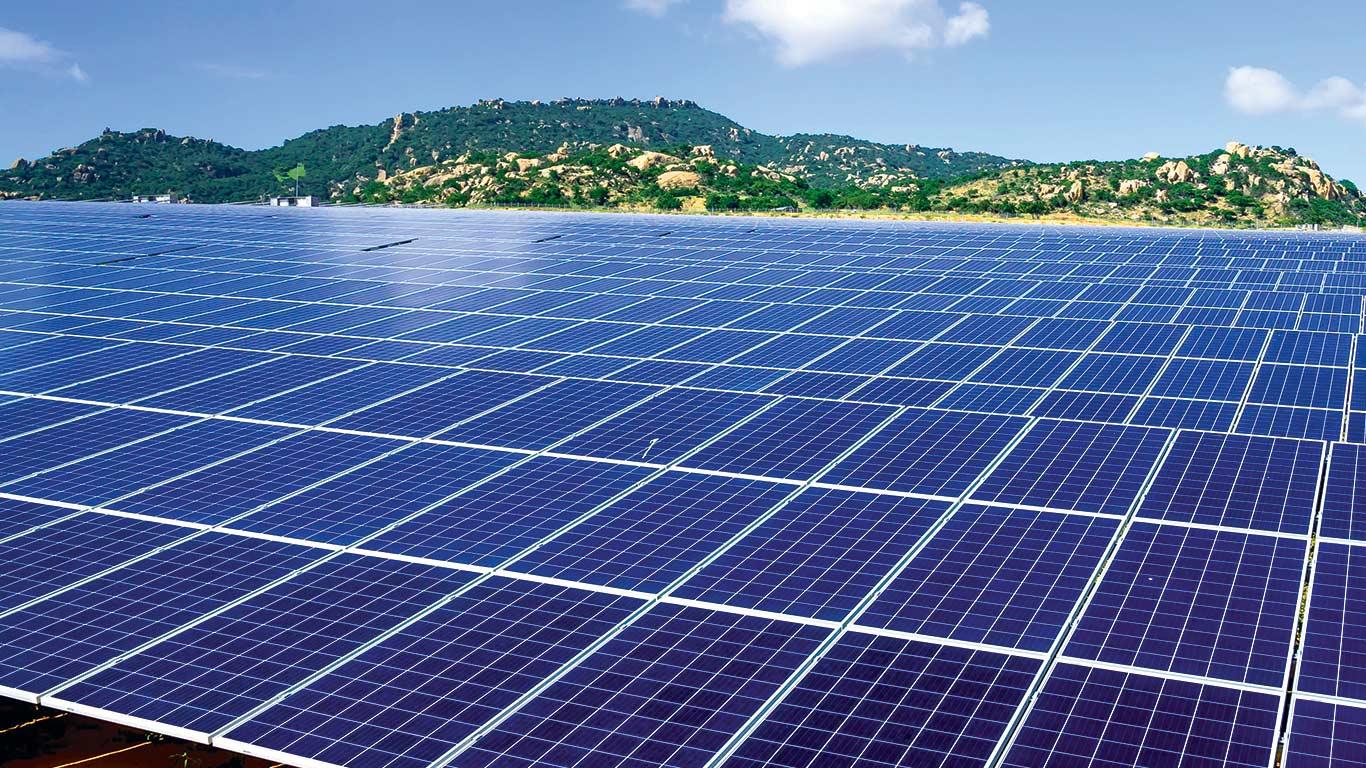ISA To Establish 17 Centres Of Excellence By 2025, Plans Global Capability Hub In India
The proposed centre in India is envisioned as a 'Silicon Valley for solar' and will serve as a hub linking the network of international centres.
Speaking at a lecture organised by The Energy and Resources Institute (TERI), Khanna said the centres will provide testing facilities, lab training, and support for a startup ecosystem, modelled on 'IIT-like' universities.
While the names of the 17 host countries were not disclosed, he noted that the number could expand to 50, with several nations looking to India to strengthen their human capital in solar energy.
The ISA, co-founded by India and France on the sidelines of the 2015 Paris Climate Conference, is headquartered in Gurugram and counts around 100 member countries.
Its mission is to encourage global adoption of solar energy and mobilise USD 1 trillion in solar investments by 2030, while reducing technology and financing costs.
Khanna underlined the rising demand for Indian expertise in solar project execution, citing areas such as digital tenders, operations and maintenance, and workforce reskilling.
“Several countries are looking to engineers from India to supply the vital human capital necessary to implement solar projects,” he said.
India has installed 119 GW of solar power capacity as of July 2025, according to official estimates. The Ministry of New and Renewable Energy recently reported that 50 percent of the country's installed power capacity now comes from non-fossil fuel sources, of which solar accounts for nearly half.
However, publicly available data show that coal continues to dominate electricity generation, supplying nearly three-fourths of actual power consumed.
Looking ahead, Khanna said India would also seek to strengthen regional interconnectivity through initiatives such as the One Sun, One World, One Grid (OSOWOG) project.
The system would allow countries to exchange electricity across borders.
“Initially, it might sound incredulous to connect a 2,000-km undersea cable between India and the United Arab Emirates, but both countries have different peak solar usage hours, making such power trade viable,” he explained.
(KNN Bureau)
Legal Disclaimer:
MENAFN provides the
information “as is” without warranty of any kind. We do not accept
any responsibility or liability for the accuracy, content, images,
videos, licenses, completeness, legality, or reliability of the information
contained in this article. If you have any complaints or copyright
issues related to this article, kindly contact the provider above.
Most popular stories
Market Research

- Bitmex And Tradingview Announce Trading Campaign, Offering 100,000 USDT In Rewards And More
- Japan Halal Food Market Size To Surpass USD 323.6 Billion By 2033 With A CAGR Of 8.1%
- Chicago Clearing Corporation And Taxtec Announce Strategic Partnership
- Red Lions Capital And Neovision Launch DIP.Market Following ADGM Regulatory Notification
- Poppy Seed Market Size, Share, In-Depth Insights, Opportunity And Forecast 2025-2033
- Pluscapital Advisor Empowers Traders To Master Global Markets Around The Clock






















Comments
No comment